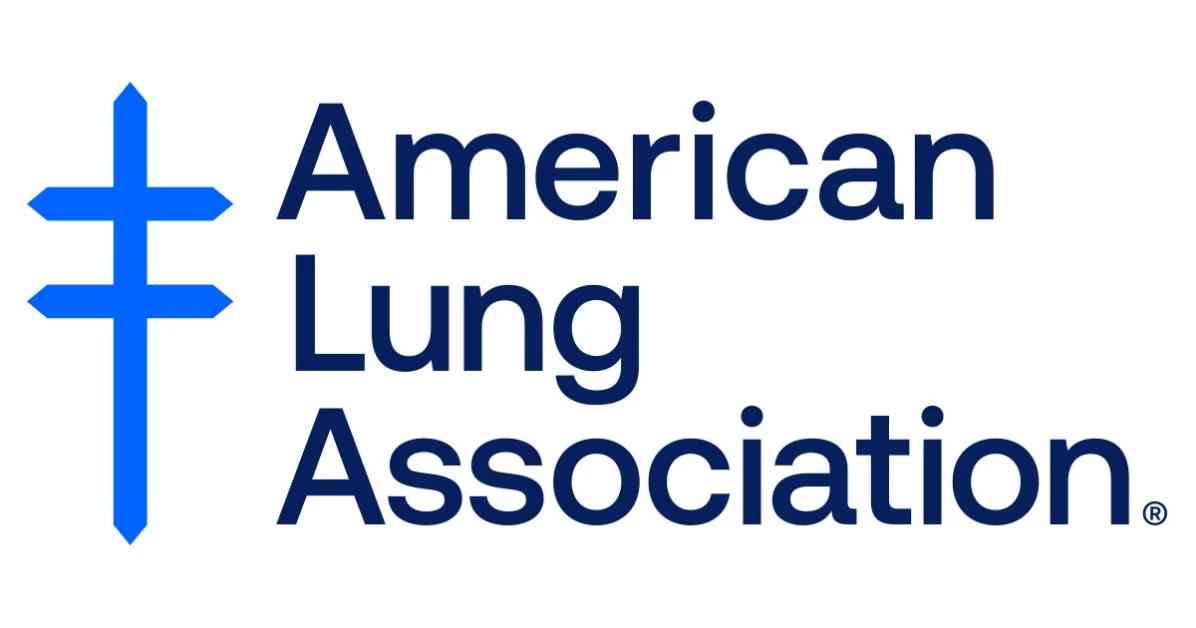The Dangers of Youth Smoking: Understanding the Reasons and Risks
Youth smoking remains a pressing issue in society, with the majority of adult smokers starting their habit before the age of 18. Many become addicted to cigarettes even before graduating high school. Understanding the reasons why young people start smoking and the risks associated with this behavior is crucial in addressing this public health concern.
Reasons Why Kids Start Smoking
There are several reasons why kids may pick up smoking, despite knowing the associated risks. One common factor is the influence of their parents who smoke. Children often mimic the behaviors of their parents, and if they see smoking normalized at home, they may be more likely to experiment with cigarettes themselves.
Peer pressure is another significant factor that can lead young people to start smoking. Friends who smoke may encourage their peers to try cigarettes as a way to fit in or appear cool. Additionally, some youth view smoking as a form of rebellion and independence from authority figures, further fueling their interest in tobacco use.
The pervasive influence of the tobacco industry cannot be overlooked in the initiation of youth smoking. Through targeted marketing tactics, tobacco companies portray smoking as glamorous, enticing, and rebellious, appealing to the impressionable minds of teenagers. These marketing strategies create a false sense of desirability around smoking, making it more tempting for young people to experiment with cigarettes.
Risks Associated with Youth Smoking
The risks associated with youth smoking are numerous and severe. Nicotine addiction can develop quickly, with some individuals becoming dependent after smoking as few as 100 cigarettes. This addiction can have lasting consequences on physical health, mental well-being, and overall quality of life.
Research shows that only 5 percent of high-school-age smokers believe they will still be smoking five years after graduation. However, the reality is much harsher, with 75 percent of these individuals continuing to use tobacco in some form after eight years. This highlights the difficulty of quitting smoking once addiction sets in, underscoring the importance of prevention efforts aimed at youth.
In addition to addiction, smoking poses significant health risks, including an increased likelihood of developing respiratory illnesses, cardiovascular diseases, and various types of cancer. The harmful effects of smoking extend beyond the individual smoker to impact those around them through secondhand smoke exposure, particularly children and other vulnerable populations.
Prevention and Intervention Strategies
To address the issue of youth smoking effectively, a multi-faceted approach is necessary. Prevention efforts should focus on education, awareness, and policy changes to discourage young people from starting smoking in the first place. School-based programs, community initiatives, and public health campaigns can play a crucial role in promoting tobacco-free lifestyles among youth.
For those who are already smoking, intervention strategies such as smoking cessation programs can provide support and resources to help individuals quit. The American Lung Association’s Not-On-Tobacco (N-O-T) program is specifically designed for 14 to 19-year-old smokers who want to quit. This evidence-based program offers guidance, counseling, and tools to help youth overcome nicotine addiction and lead healthier lives.
Ultimately, addressing the dangers of youth smoking requires a concerted effort from parents, educators, healthcare professionals, policymakers, and the community at large. By understanding the reasons why kids start smoking, acknowledging the risks associated with this behavior, and implementing effective prevention and intervention strategies, we can work towards creating a tobacco-free generation and improving the overall health and well-being of our youth.

















